Real Estate Tax (Escalations): Provision in lease agreements where tenant agrees to pay its pro-rata share of any increase in real estate taxes on the leased property over and above a pre-established base tax year.
Recapture | Right of Recapture: The right of a landlord to take back the tenant’s space and terminate the lease if and when a tenant asks for the landlord’s consent to an assignment or sublease.
Recourse: At its most basic level, the legal right to demand compensation for a breach of contract.
Relevant Market Factors: Used to determine the fair market value rent when a tenant’s renewal option is exercised. Stated differently, it’s the procedure used to determine the fixed annual rent that a willing (and non-sublessee) lessee would pay and a willing lessor would accept for the renewal premises during the renewal period, taking into account all relevant factors including, without limitation, reference to the market for comparable space in the building and in comparable buildings in the same vicinity as the premises that a willing landlord would offer and a willing tenant would accept in an arm’s length transaction for a lease of such portion of the building (i) commencing on the first day of the extended term, (ii) providing for then market tenant improvement allowances, rental abatements, lease takeovers and/or assumptions, moving expenses and other forms of lease concessions, and (iii) reset of the base tax year.
Relocation | Space Relocation: A lease clause in which a landlord has the authority, upon notice to tenant, to require a tenant to move out of its current location and into a new location. Generally, the new premises would be in the same building (or another building within the same complex) and substantially the same in size, dimensions and configuration as the original premises. A tenant normally is granted certain conditions in the lease as to when and how they can be relocated by the landlord (e.g. timing, location, reimbursement of costs and comparable size and finishes of the relocation space).
Rent Acceleration: A provision in a lease that generally provides that upon tenant’s uncured default under the lease, landlord has the right to demand the immediate payment of the entire balance of the unpaid rent for the remainder of the lease term.
Rent Commencement Date: The date in which tenant shall begin paying rent to landlord during the lease term.
Rent Concession(s) | Rental Relief | Rent Reduction | Rental Concession | Rent Abatement: A reduction in the amount of rent (e.g. full rent, half rent, etc.) that tenant owes to landlord for a defined period of time. The period often commences at the beginning of the term, but sometimes is spread out over the course of the lease term or towards the end of lease term.
Rent Escalation: An increase in the amount of rent that tenant is required to pay to landlord, which increase shall occur at fixed intervals throughout the duration of a lease term. The increase can be set in amount (e.g. three percent (3%) per annum), or alternatively, pursuant to an increase to such items (over and above a pre-negotiated base year) as real estate taxes, common area maintenance, operating expenses, fuel, electric or CPI.
Rentable Square Feet (“RSF”) | Rentable Square Footage: The usable (and technically actual) square footage of a particular space, with an “add-on” to such square footage for the pro-rata percentage of the building’s shared space (e.g., non-usable square footage in the common areas of the building (such as lobbies, hallways, shafts, stairwells, elevators and restrooms) or space occupied by structural components (such as support poles and interior walls)). Generally stated, a tenant’s base rent is calculated on the RSF and not the USF of the space. Note that the “jump” in the rentable square footage of a particular space over and above the usable square footage is referred to as a “loss factor,” “load factor,” “common area factor,” or “add-on factor” and depending on the market, the nature of the building and the landlord, such factor can vary wildly (e.g., 15% to 40%).
Request For Proposal(s) (“RFP”): Although the context can vary, examples of an RFP include a (1) tenant’s request to a landlord to provide the terms in which the landlord would be willing to rent the space to the tenant for (with this request being the initial step in the negotiating of the terms in the lease) or (2) landlord’s or tenant’s request to a contractor for a detailed bid for the cost of construction for a particular space based off of architectural plans submitted to the contractor.
Removal and Restoration Obligations: A provision in a lease which provides that all fixtures, partitions and like installations installed in a tenant’s space by a tenant, or a landlord on behalf of a tenant, shall thereafter become the landlord’s property and will remain upon the premises after the tenant vacates at the conclusion of the lease term. This will generally hold true unless landlord, by notice to a tenant prior to the termination of the lease, elects to relinquish its rights and have the fixture/partition/installation removed by the tenant prior to the lease’s expiration and at the tenant’s expense. If the aforesaid items are not removed by the tenant and its landlord has no desire to retain such items, at the election of the landlord, such alterations or any other property in question can be removed from the premises by the landlord at the tenant’s sole cost and expense. During the lease negotiation stage, a tenant can negotiate exceptions to the above language for its benefit at the end of the lease term (e.g., a tenant’s initial alterations (excluding those of a “specialty” nature such as internal staircases) do not need to be removed at lease expiration).
Right of First Offer (“ROFO”): In the context of a commercial lease, a right which is generally pre-negotiated by a tenant (or its broker) during the letter of intent stage, wherein the landlord (provided that the tenant is not then in default of any of the provisions or covenants of the lease among other conditions) agrees to give the tenant ten (10) to fifteen (15) days prior written notice of any contiguous space that may or shall become available in the building. The provision will spell out, among other things, the time period in which the tenant must or accept the offer and the terms and conditions which will apply to the additional space becoming available (e.g., pre-established or FMV rent, tenant improvement allowances, free rent concessions, landlord work, and base years for escalation). The ROFO can also provide a tenant the right to purchase the building from the landlord.
Right of First Refusal (“ROFR” or “RFR”): In the context of a commercial lease, a right which is generally pre-negotiated by a tenant (or its broker) during the letter of intent stage, wherein the landlord (provided that the tenant is not then in default of any of the provisions or covenants of the lease among other conditions) agrees to give the tenant ten (10) to fifteen (15) days prior written notice of when the landlord has received a reasonably acceptable offer to lease space in or to purchase the building. Given that the landlord, prior to accepting the third party’s offer, must tender such offer to its tenant upon the same terms and conditions contained in such offer, the ROFR right can have a somewhat “chilling impact” when marketing the space or property, and as such, landlords generally prefer to grant a tenant a ROFO to that of a ROFR.
Riser: Vertical piping used for the delivery of electricity, water, gas or other power upward in a commercial or residential building.
Roof Licensing: The licensing of an unused portion of the roof of a building to a tenant or a third party for profit (e.g., to a cellular provider for its antennae).
Roof Provision: A provision within a lease where the landlord details what access, if any, a particular tenant has to the roof of the building, and if access is permitted, when such access is allowed and what equipment, if any, may be installed (e.g., compressors to an HVAC system or an antennae) and under what conditions and requirements it must be installed and maintained (and potentially removed).

